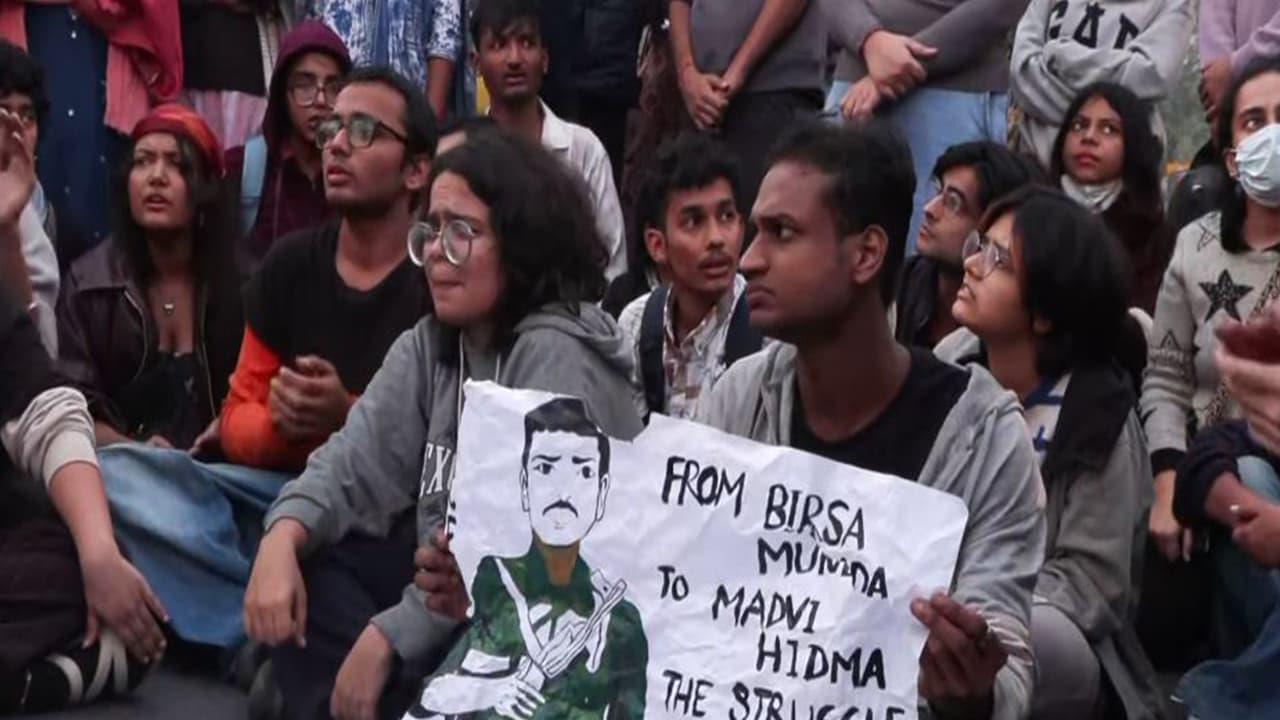
Delhi Air Pollution: Protest At India Gate As AQI Remains 'Very Poor'
Protest at India Gate Against Smog
A group of people protested at India Gate on Sunday against the rising air pollution in Delhi-NCR, but the police later removed them. Earlier, on November 9, people had also staged a protest at the same spot, demanding that the government implement policies to curb air pollution in the National Capital Region.
Delhi Wakes Up to 'Very Poor' Air Quality
The national capital woke up to dense smog on Sunday morning as the average Air Quality Index (AQI) stood at 381 at 7 am, falling under the 'very poor' category despite the Graded Response Action Plan (GRAP)-IV in effect across Delhi and the National Capital Region (NCR), according to the Central Pollution Control Board (CPCB).
AQI Readings Across the City
A layer of thick smog engulfed several areas, showing little to no improvement from Sunday morning's AQI of 359. Bawana recorded the highest AQI of 435 at 7 am, placing it in the 'severe' category. In contrast, NSIT Dwarka recorded the lowest AQI of 313, according to the data by the Central Pollution Control Board (CPCB). A layer of toxic smog lingers in the air of Anand Vihar, as the Central Pollution Control Board reported that the Air Quality Index in the area is 429, categorised as 'very poor'. Chandani Chowk recorded an AQI of 390, RK Puram 397, ITO 384, Punjabi Bagh 411, Patparganj 401, Pusa 360, and Dwaraka Sector-8 386.
According to AQI categorisation, 0-50 is 'good', 51-100 'satisfactory', 101-200 'moderate', 201-300 'poor', 301-400 'very poor', and 401-500 'severe'.
CAQM Revises GRAP Measures
Meanwhile, on Saturday, the Commission for Air Quality Management (CAQM) NCR and Adjoining Areas has revised the Graded Response Action Plan (GRAP) for the entire NCR, directed to impose the measures for 'Severe' AQI category under GRAP Stage IV to be taken under GRAP Stage III, a press release said.
According to a press release by CAQM, as measures under GRAP IV are now under GRAP III, the NCR State Governments/GNCTD will decide whether public, municipal, and private offices can operate at 50 per cent strength, with the rest working from home.
(Except for the headline, this story has not been edited by Asianet Newsable English staff and is published from a syndicated feed.) Legal Disclaimer:
MENAFN provides the
information “as is” without warranty of any kind. We do not accept
any responsibility or liability for the accuracy, content, images,
videos, licenses, completeness, legality, or reliability of the information
contained in this article. If you have any complaints or copyright
issues related to this article, kindly contact the provider above.


















Comments
No comment